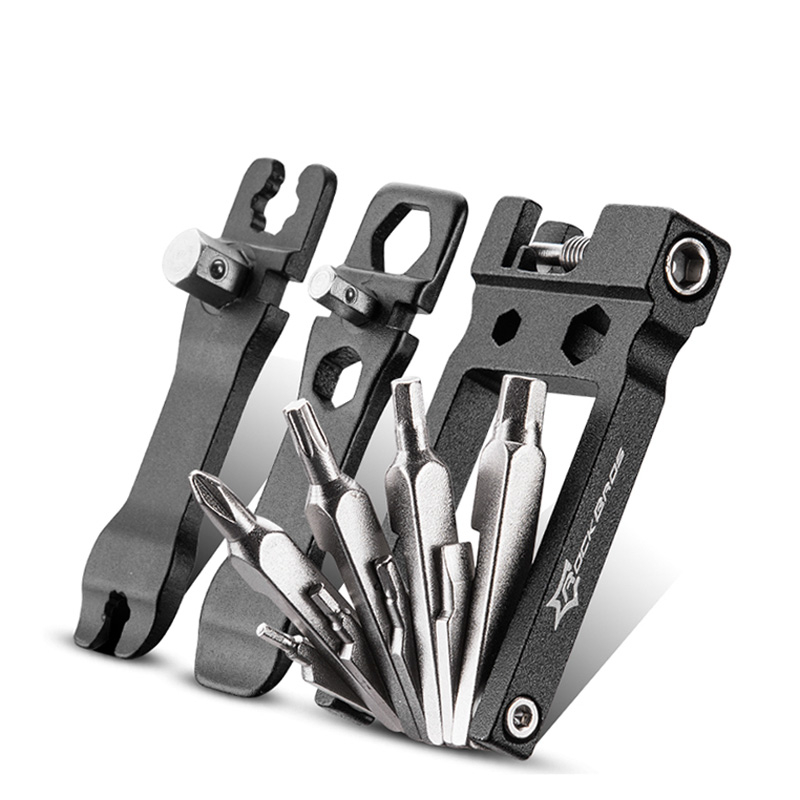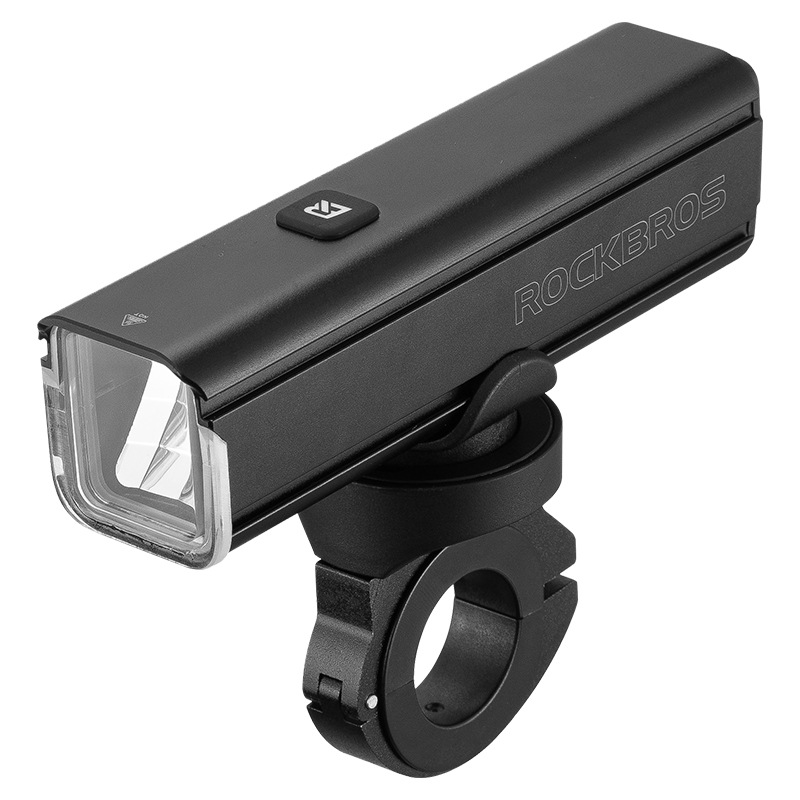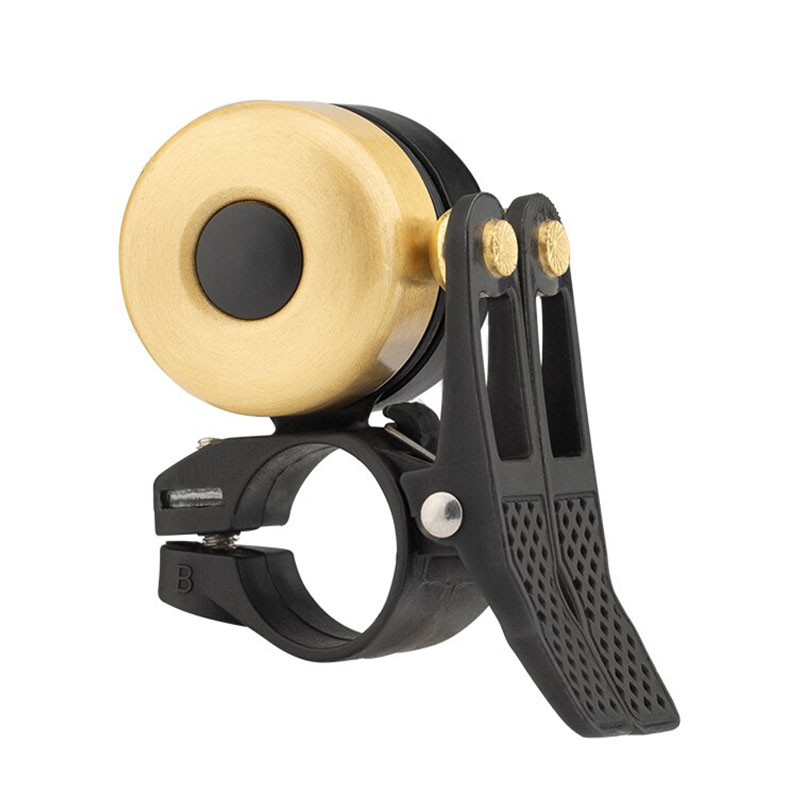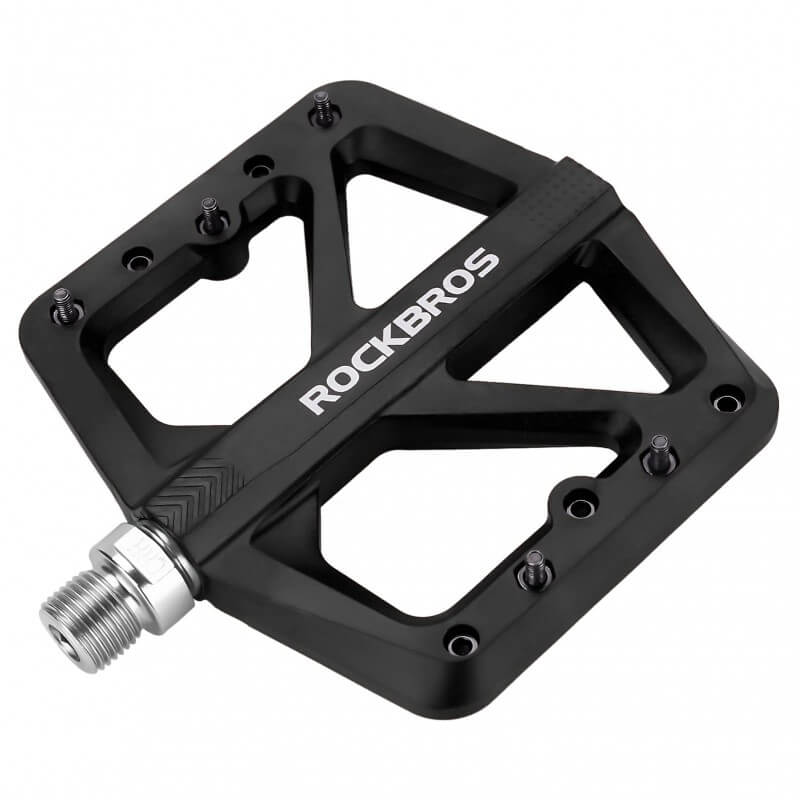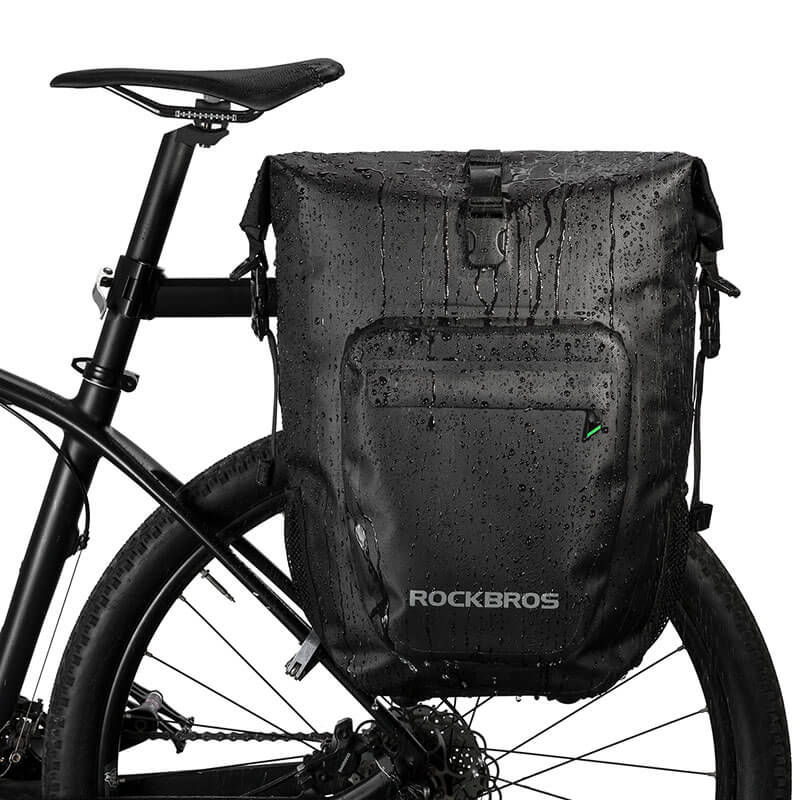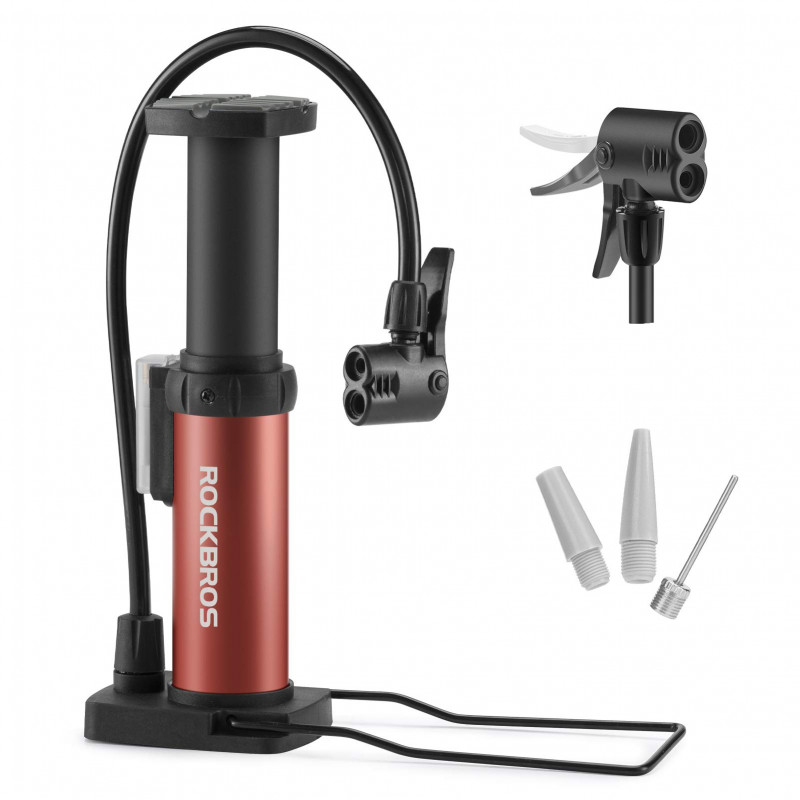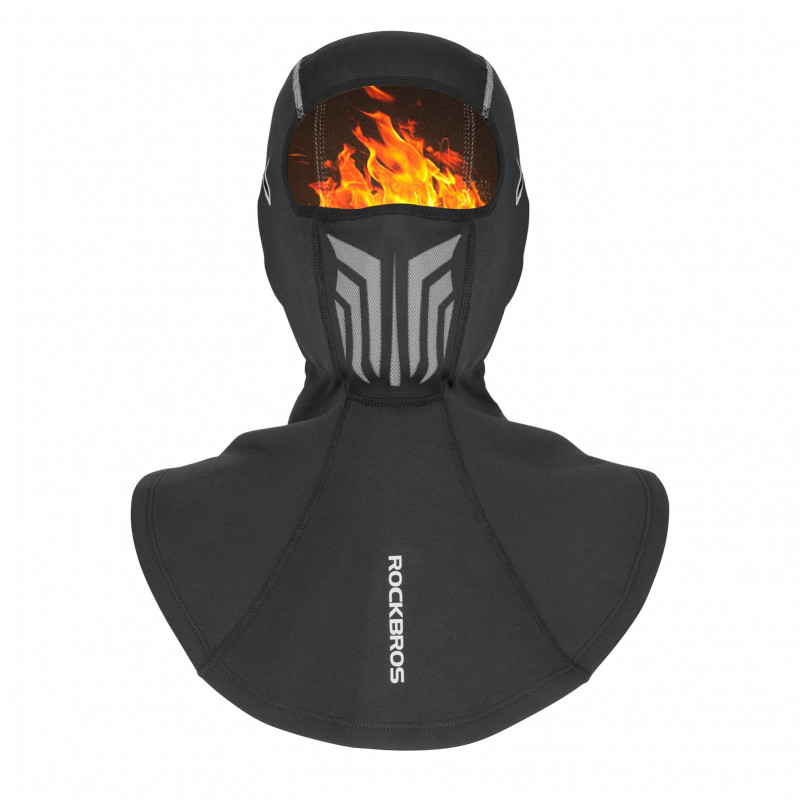Essential Mountain Bike Frames for Optimal Performance

Introduction
When it comes to mountain biking, having the right bike frame can significantly impact your performance and overall riding experience. The frame serves as the foundation of the bike, providing stability, durability, and responsiveness. In this article, we will explore the essential mountain bike frames that can help you achieve optimal performance on the trails.
Importance of Mountain Bike Frames
The mountain bike frame plays a crucial role in determining how the bike handles different terrains, absorbs shocks, and transfers power. It acts as a skeleton that holds all the components together and supports the rider's weight. Choosing the right frame can enhance your control, comfort, and efficiency while riding, allowing you to tackle challenging trails with confidence.
Hardtail vs. Full Suspension Bikes
One of the primary considerations when selecting a mountain bike frame is whether to go for a hardtail or a full suspension bike. Hardtail bikes feature a suspension fork in the front and a rigid rear end, while full suspension bikes have both front and rear suspension systems.
Hardtail bikes are generally lighter, more efficient for climbing, and offer better power transfer. They are ideal for riders who prioritize speed and pedaling efficiency, especially on smoother trails. On the other hand, full suspension bikes provide enhanced traction, improved comfort, and better control on rough terrains. They are suitable for riders who frequently encounter technical trails and prefer a smoother ride.
Aluminum Frames
Aluminum frames are popular among mountain bikers due to their affordability, durability, and lightweight nature. They offer a good balance of strength and stiffness, making them ideal for riders who seek a responsive and agile bike. Aluminum frames can handle a variety of terrains and riding styles, making them a versatile choice for beginners and experienced riders alike.
Carbon Fiber Frames
Carbon fiber frames are known for their exceptional strength-to-weight ratio, providing a lightweight and responsive ride. They absorb vibrations and bumps effectively, offering a smoother and more comfortable experience on the trails. Carbon frames can be engineered to have specific flex patterns, allowing for improved shock absorption and precise handling. They are preferred by riders who value performance and are willing to invest in a high-end bike.
Steel Frames
Steel frames have been a classic choice for mountain biking enthusiasts for their durability and excellent ride quality. They offer a comfortable and compliant ride, absorbing trail vibrations and providing a smooth experience. Steel frames are known for their strength, making them suitable for riders who prioritize toughness and longevity. However, they tend to be heavier compared to other frame materials.
Titanium Frames
Titanium frames are revered for their exceptional strength, lightness, and corrosion resistance. They combine the best attributes of steel and aluminum frames, offering a comfortable yet responsive ride. Titanium frames have a unique feel, providing a balance between rigidity and flexibility. They are highly sought after by riders who desire a high-performance bike with a distinctive aesthetic.
Choosing the Right Frame Material
When selecting a mountain bike frame material, it's important to consider factors such as budget, riding style, terrain preferences, and personal preferences. Aluminum frames provide a cost-effective option with versatility, while carbon fiber and titanium frames offer premium performance at a higher price point. Steel frames cater to riders who prioritize comfort and durability.
Frame Geometry and Design
In addition to the frame material, the geometry and design of the mountain bike frame also play a significant role in its performance. Frame geometry refers to the angles and dimensions that determine how the bike handles, climbs, descends, and turns.
Modern mountain bikes come in various geometries tailored for specific riding styles. Cross-country bikes have a more upright and efficient geometry, optimized for climbing and speed. Trail bikes offer a balanced geometry suitable for a wide range of terrains and riding conditions. Enduro bikes have a more aggressive geometry with slack angles for improved stability on steep descents. Downhill bikes prioritize stability and control with a slack front end and a low center of gravity.
The frame's design features, such as the placement of suspension pivots, cable routing, and integration of components, can also impact the bike's performance and aesthetics. Many frames now incorporate internal cable routing for a cleaner look and protection against dirt and debris.
Suspension Systems
Another crucial aspect of mountain bike frames is the suspension system. Suspension helps absorb shocks and bumps, providing a smoother ride and improved traction on rough terrain.
There are two primary types of suspension systems: air and coil. Air suspension uses compressed air for adjustable and lightweight suspension performance, allowing riders to fine-tune the suspension based on their weight and riding preferences. Coil suspension, on the other hand, uses metal coils to provide a more consistent and supple suspension feel, often preferred by riders who prioritize sensitivity and durability.
The suspension travel, measured in millimeters, determines how much the bike can absorb impacts. Cross-country bikes usually have shorter travel (80-120mm) for efficient climbing and pedaling, while trail and enduro bikes have medium travel (120-160mm) to handle a variety of terrains. Downhill bikes have the longest travel (160-200mm) to handle the most challenging descents.
Frame Sizes and Fit
Choosing the right frame size and ensuring a proper fit is essential for optimal performance and comfort. Frame sizes are typically measured in inches or centimeters and are based on the length of the seat tube or the distance from the bottom bracket to the top of the seat tube.
To find the right frame size, consider your height, inseam length, and riding preferences. A properly sized frame allows for efficient pedaling, control, and maneuverability. It's recommended to visit a local bike shop or consult a professional to get a bike fit assessment and ensure the frame size and components are suitable for your body measurements.
Frame Maintenance and Care
To maintain the performance and longevity of your mountain bike frame, proper maintenance and care are essential. Regularly inspect the frame for any signs of damage or cracks, especially around welds and high-stress areas. Clean the frame after each ride to remove dirt, mud, and debris that can cause corrosion or damage. Check and lubricate suspension components as per the manufacturer's guidelines.
It's also important to protect the frame during transport and storage. Use appropriate bike racks or bags to prevent scratches and impacts. Consider applying protective films or tapes to vulnerable areas of the frame to minimize wear and tear.
Enhancements and Customizations
Mountain bike frames offer opportunities for enhancements and customizations to suit individual preferences. Upgrading components such as drivetrain, brakes, wheels, and handlebars can enhance performance and tailor the bike to specific riding styles. Additionally, riders can personalize their frames with decals, paint schemes, and accessories to reflect their unique style and personality.
However, it's crucial to ensure that any modifications or upgrades are compatible with the frame and do not compromise safety or void manufacturer warranties. Consult a professional bike mechanic or follow manufacturer guidelines when making any changes to the frame or components.
Budget Considerations
Mountain bike frames come in a wide range of prices, and budget considerations are important when choosing the right frame. While high-end frames made from carbon fiber or titanium can be quite expensive, there are also affordable options available in aluminum or steel.
It's important to strike a balance between budget and the desired performance characteristics. Consider your riding goals, skill level, and how often you plan to ride. If you're a beginner or recreational rider, an aluminum frame can offer a cost-effective solution without compromising performance. For more experienced riders or those seeking top-tier performance, investing in a carbon fiber or titanium frame may be worth considering.
It's also worth noting that frames can often be purchased separately or as part of a complete bike. If you already have compatible components or prefer to customize your bike, purchasing a frame separately allows for more flexibility and personalization.
Conclusion
Choosing the right mountain bike frame is crucial for achieving optimal performance and enjoyment on the trails. Consider factors such as frame material, geometry, suspension system, fit, and maintenance requirements. Each frame material has its advantages and characteristics, catering to different riding styles and preferences.
Whether you opt for an aluminum frame for its affordability and versatility, a carbon fiber frame for its lightweight and responsive nature, or a steel frame for its durability and comfort, finding the right frame that suits your needs will greatly enhance your mountain biking experience.
Remember to prioritize proper fit, regular maintenance, and consider any budget limitations. By selecting the right mountain bike frame, you can unlock your full potential on the trails and embark on exhilarating adventures in the great outdoors.
FAQs
Q: Can I upgrade components on my mountain bike frame?
A: Yes, many components can be upgraded to enhance performance, but ensure compatibility and seek professional advice if needed.
Q: How do I determine the correct frame size for my height?
A: Frame sizes vary by brand, but you can use online sizing charts, consult a local bike shop, or get a professional bike fit assessment.
Q: Are carbon fiber frames more durable than aluminum frames?
A: Carbon fiber frames can be durable but require proper care. Aluminum frames are generally more resistant to impacts but can suffer from dents.
Q: Should I choose a hardtail or full suspension frame for trail riding?
A: It depends on your riding preferences. Hardtail frames offer efficiency and speed, while full suspension frames provide enhanced comfort and traction on rough terrain.
Q: How often should I perform maintenance on my mountain bike frame?
A: Regularly inspect and clean your frame after rides, and follow manufacturer guidelines for suspension maintenance. Consider professional servicing annually or as needed.


